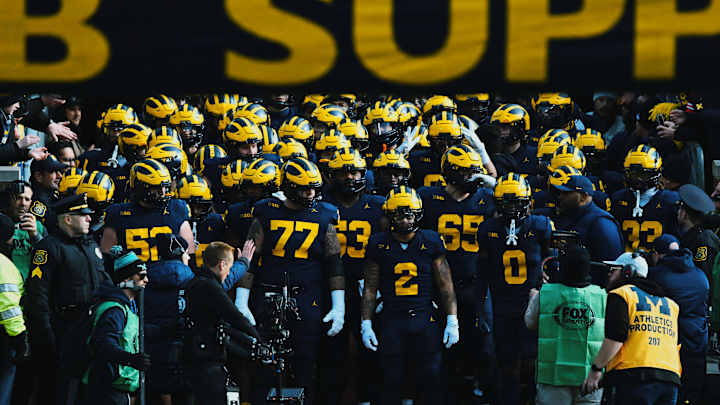A Very Sad Report: After Eating the Meal, He Is Finally Hospitalized
In an era where food safety and health standards have reached unprecedented heights, it is both shocking and heartbreaking when news surfaces of someone being hospitalized due to a meal. The very act of eating, something that is typically associated with nourishment and pleasure, turned into a traumatic and life-threatening experience for one individual. This incident not only highlights the potential dangers lurking in our food systems but also serves as a stark reminder of the critical importance of food safety regulations and personal vigilance.
#### The Incident: A Simple Meal Turns Deadly
The details surrounding the incident are harrowing. What was supposed to be a routine meal ended in severe illness and hospitalization. Initial reports suggest that the individual, whose identity remains confidential out of respect for their privacy, consumed a meal that was contaminated with harmful substances. The immediate effects were devastating, leading to severe symptoms that required urgent medical attention. As the news broke, it sent shockwaves through the community, raising urgent questions about food safety and the circumstances that led to this tragic event.
#### Food Contamination: An Ongoing Threat
Food contamination remains one of the most pressing public health concerns worldwide. Despite stringent regulations and food safety measures, incidents of foodborne illnesses are not uncommon. Contaminants can enter the food supply chain at various points, from production and processing to distribution and preparation. In this particular case, it is not yet clear where the breakdown occurred. Investigations are underway to determine whether the contamination was due to improper handling, inadequate storage, or perhaps a more systemic issue within the food supply chain.
#### The Human Cost: Beyond Physical Suffering
The physical toll of such an incident is often severe, but the emotional and psychological impacts can be equally devastating. For the individual affected, the experience of sudden illness and hospitalization is traumatic. The fear and uncertainty that accompany such events can lead to long-term psychological distress. Furthermore, the family and friends of the patient are also profoundly affected, as they grapple with the shock and concern for their loved one’s well-being. This incident underscores the human cost of food safety failures, emphasizing the need for greater vigilance and accountability at every level.
#### The Role of Food Safety Regulations
Incidents like these bring food safety regulations into sharp focus. Regulatory bodies such as the Food and Drug Administration (FDA) in the United States and the European Food Safety Authority (EFSA) in Europe are tasked with ensuring that food products meet safety standards. These agencies implement rigorous testing, inspection, and certification processes designed to prevent contamination and protect public health. However, the effectiveness of these regulations relies heavily on compliance by all parties involved in the food supply chain. This incident may prompt a review of existing regulations and enforcement mechanisms to identify gaps and strengthen protections against future occurrences.
#### The Importance of Personal Vigilance
While regulatory measures are crucial, personal vigilance also plays a significant role in ensuring food safety. Consumers must be educated about safe food handling practices, such as proper storage, cooking, and hygiene. Awareness campaigns and educational programs can empower individuals to make informed choices and take proactive steps to protect themselves and their families. In this case, increased awareness and caution could potentially prevent similar incidents from occurring in the future.
#### Moving Forward: Lessons and Actions
In the wake of this tragic event, it is imperative to draw lessons and take decisive actions to prevent recurrence. Authorities must conduct thorough investigations to identify the root cause of the contamination and implement corrective measures. Food industry stakeholders, from producers to retailers, must reaffirm their commitment to food safety by adhering to best practices and maintaining high standards of hygiene and quality control. Additionally, consumers should be encouraged to report any suspicious food products or experiences, enabling quicker responses and interventions.
#### Conclusion: A Call to Action
The hospitalization of an individual after consuming a contaminated meal is a sobering reminder of the vulnerabilities that still exist within our food systems. It underscores the need for robust food safety regulations, stringent enforcement, and heightened personal vigilance. As we extend our thoughts and support to the affected individual and their family, let us also commit to fostering a culture of safety and accountability in our food practices. By doing so, we can work towards a future where such tragic incidents are not just rare but entirely preventable.



